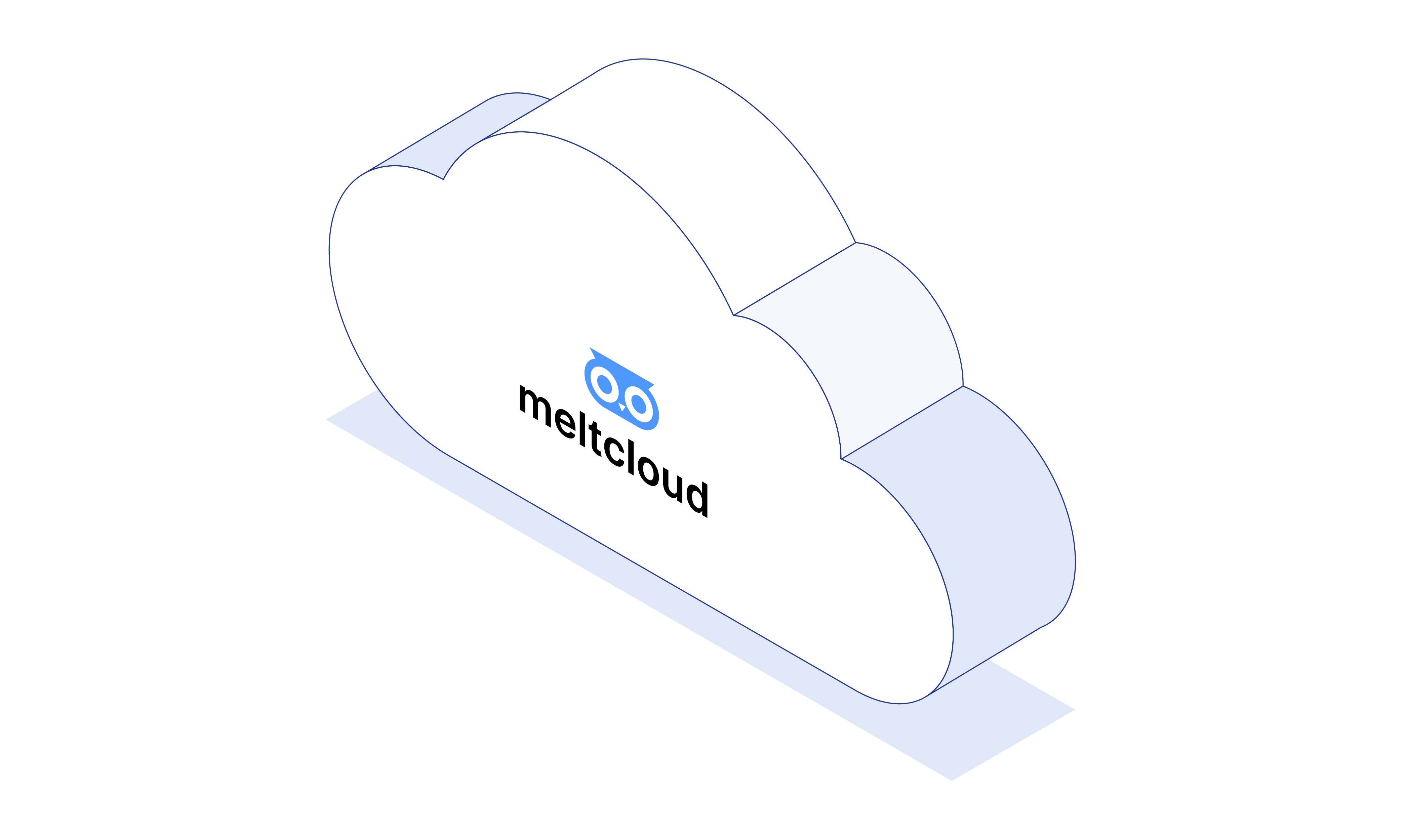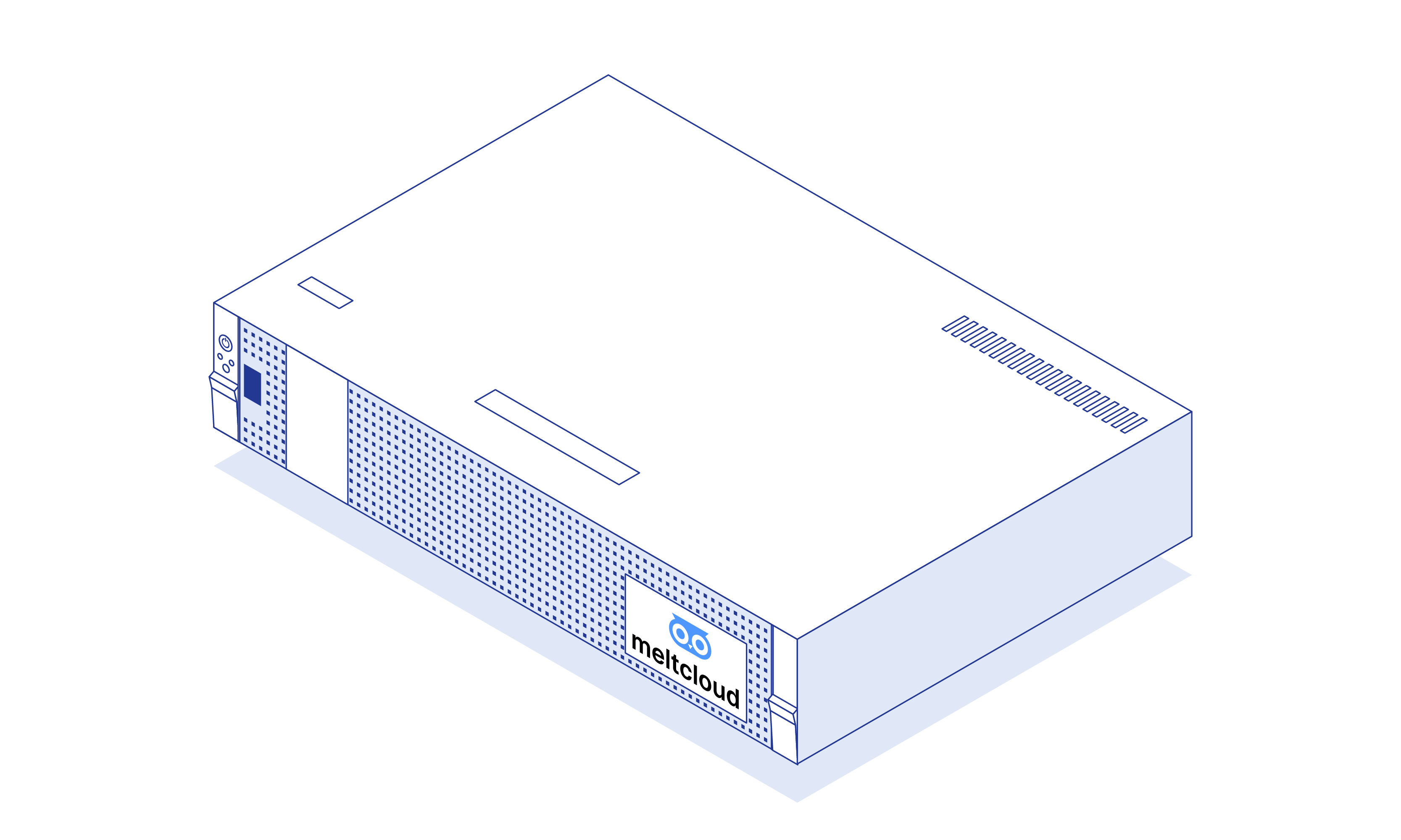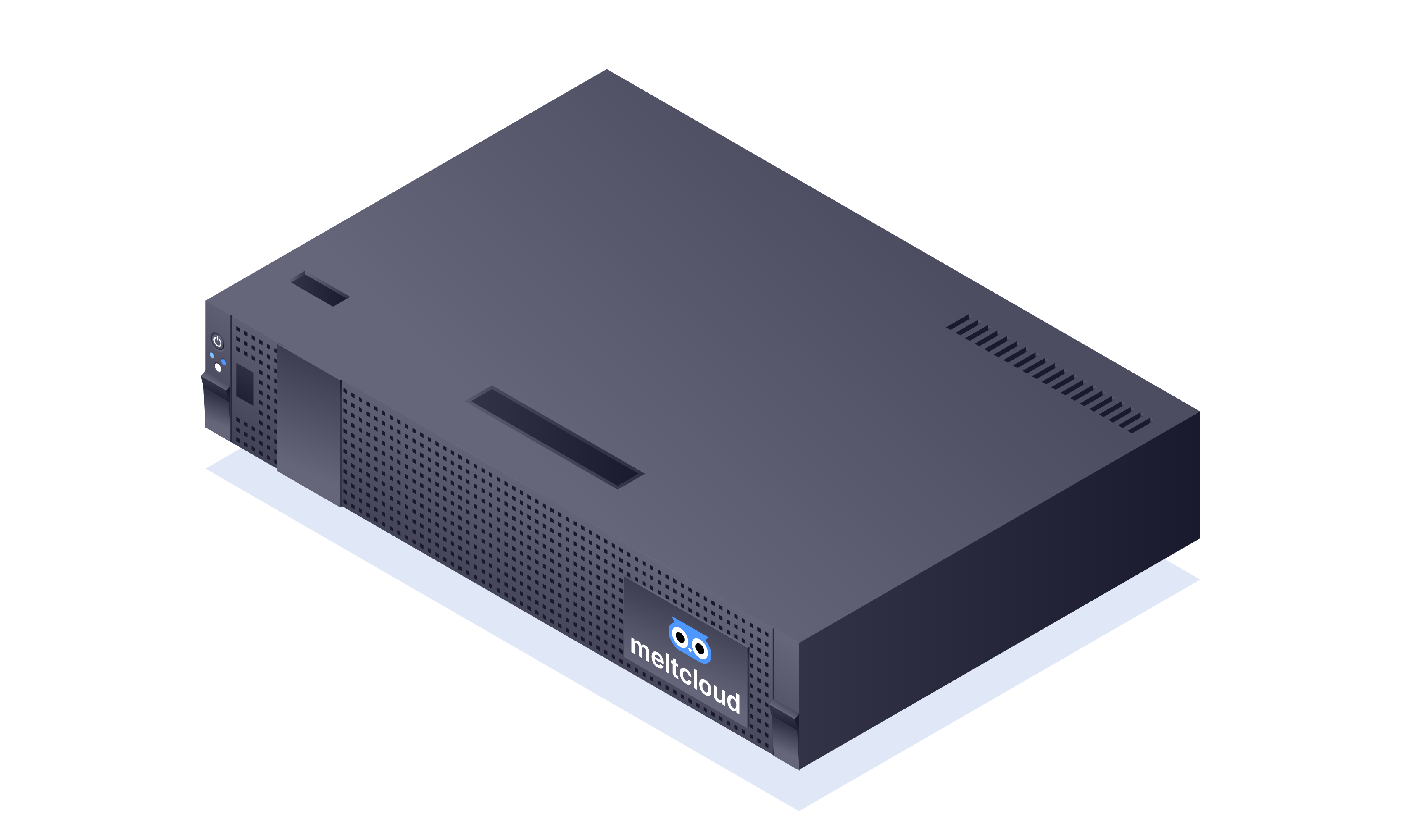Modern Kubernetes For On-Premises and Edge
Launch a fully modern, cloud-native Kubernetes platform in your own data center in just three simple steps:
1. Install the Management Appliance
Deploy the physical or virtual management appliance (Nest) in your data center. It provides the meltcloud API and runs the Kubernetes control planes.
2. Enroll Servers
Register your bare metal or virtualized servers as immutable Kubernetes worker nodes (Machines). Once enrolled, they are continuously monitored and kept up to date.
3. Manage Clusters
Provision fully managed Kubernetes control planes, attach your workers, and manage clusters cloud-style with APIs, automated updates, and on-demand scaling.
Choose Your Package
Kubernetes should fit your infrastructure, not the other way around. We provide different editions to meet your specific needs.
SaaS

Control Planes & API cloud-hosted by us, you bring the worker nodes.
Best suited for trials, homelabs and development.
- Cloud-hosted API & Control Planes
- Bring your own Worker Nodes / Machines
- Full Cluster Lifecycle Management
- Virtualization with KubeVirt
- AI-ready
- Standard Email Support
Nest Edge

Control Planes & API run on the self-hosted
Management Appliance.
Best suited for edge locations, offices or small data centers.
- Self-hosted Appliance (physical or virtual) for API & Control Planes
- Bring your own Worker Nodes / Machines
- Run custom workloads on the Appliance
- Full Cluster Lifecycle Management
- Virtualization with KubeVirt
- AI-ready
- Individual maintenance schedules
- Demand forecast
- SSO integration
- Premium SLA & Support
- Technical Account Manager
Nest Ultimate

Control Planes & API run on the self-hosted
Management Appliance.
Best suited for data centers or service providers.
- Self-hosted Appliance (physical or virtual) for API & Control Planes
- Bring your own Worker Nodes / Machines
- Full Cluster Lifecycle Management
- Virtualization with KubeVirt
- AI-ready
- Individual maintenance schedules
- Demand forecast
- SSO integration
- Capacity Management
- Partner Multi-Tenancy
- ITSM integration
- Premium SLA & Support
- Technical Account Manager
Why meltcloud?
Managing Kubernetes shouldn't feel like a full-time job. meltcloud takes care of provisioning, scaling, self-healing and updates so you can spend your time enabling developers instead of maintaining infrastructure. With security, observability, and self-service built in, you get a reliable cloud-like Kubernetes experience on-premises.
-
Vanilla Kubernetes, no proprietary extensions or restrictions
-
Instant, flexible and self-service Kubernetes clusters
-
Fully automated lifecycle & self-healing, orchestrated via API
-
Seamless support for both containers and VMs
Tired of the complexity of running on-prem infrastructure? meltcloud gives you the same automation and ease you expect from the public cloud, but in your own data center. Spin up Kubernetes in minutes on any hardware, manage VMs and containers side by side, and enforce enterprise-grade security without the manual work.
-
Deploy and manage Kubernetes clusters effortlessly
-
Ensure stability with automated lifecycle management
-
Run on bare metal for maximum performance and efficiency
-
Enhance security with an immutable OS and built-in compliance
Public cloud offers speed, but at the cost of control. Traditional infrastructure offers control, but at the cost of agility. meltcloud gives you both. Get a fully automated, cloud-native Kubernetes platform that reduces operational overhead, lowers costs, and ensures data sovereignty. Let your teams focus on innovation, not infrastructure.
-
The foundation for the Cloud Native Data Center - Enterprise-grade Kubernetes, without complexity
-
Cost-efficient on-premises alternative to public cloud or complex, high-effort solutions
-
Full control over infrastructure and data sovereignty
-
Faster time-to-value with automated operations
Frequently Asked Questions
We'll happily onboard you to the SaaS offering with a trial account, so you can get your hands dirty in short time.
You can enroll virtual machines the same way as bare metal servers. Be aware that for some use cases (i.e KubeVirt, Elastic Pools), we require running on the metal, so we recommend building on hardware directly.
We've designed our setup to integrate nicely into existing network architectures. We support the most common enterprise networking features like bonds, VLANs and bridges out of the box, so it should fit right in.
Yes, we recommend using your existing storage arrays. FibreChannel, iSCSI or NFS: As long as it offers a CSI plugin, we can support it.
We enroll our own tested, immutable operating system images based on Flatcar Linux. They are as minimal as
possible,
while still providing all drivers and services to integrate into enterprise systems (NFS client, iSCSI
initiator, multipathd, nvidia drivers, ...).
We currently don't support other operating systems.
We provide regular updates for all involved components (control planes, worker nodes, management appliance) via automated release channels. We gracefully rollout updates to your system during maintenance windows that are configurable.
No, we don't aim to become a full-fledged Application platform. We aim to provide a rock-solid cloud-like Kubernetes distribution where platform teams can build their custom platforms on top.
OpenShift is a perfect fit for enterprises that want the full depth of a standardized, opinionated
enterprise platform.
However, there are many platform teams that just want to build their own platform on top of a managed
kubernetes layer - this is who we build meltcloud for. It‘s like GKE/AKS/EKS they know from the cloud,
just for their own hardware.
We are big fans of Talos Linux und really like how Sidero reinvented Operating Systems for Kubernetes.
However, managing the OS is just one problem to solve when building up Kubernetes estate in a company.
Other hard problems - most notably how to use a pool of static, big bare metal nodes to host a dynamic
number of control planes and worker nodes - has yet to be solved by the industry.
meltcloud is our attempt of addressing these challenges in a practical, integrated package.
We believe that patching nodes, tweaking bonds, and nursing etcd back to life shouldn't use up time of your smartest engineers. We aim to automate the low-level plumbing while your team spends their time building the platform your organization needs.
We generally don't recommend lifting and shifting entire VMware environments into KubeVirt:
While KubeVirt builds on proven technologies like KVM and integrates tightly with Kubernetes, it is not intended to serve as a one-to-one replacement for traditional virtualization platforms.
KubeVirt shines when you want to manage virtual machines in a cloud-native way: declaratively, with automation, and alongside the same workflows you already use for containers.
This approach lets you run virtualized workloads today, start small and gradually modernize while your teams build the necessary expertise. Over time, you can decrease your dependence on legacy virtualization and realize the full advantages of a modern, unified Kubernetes foundation.